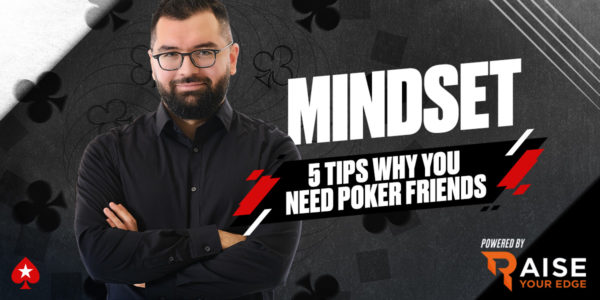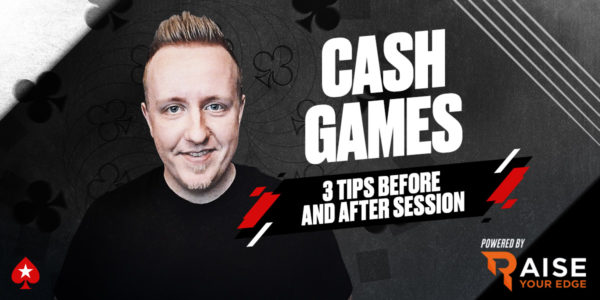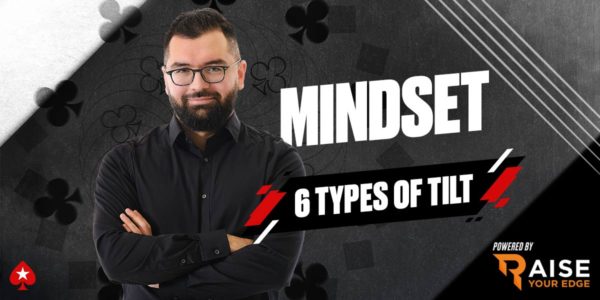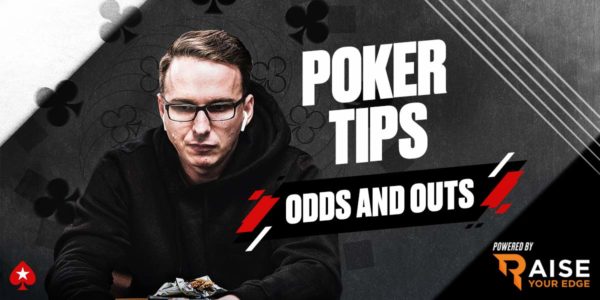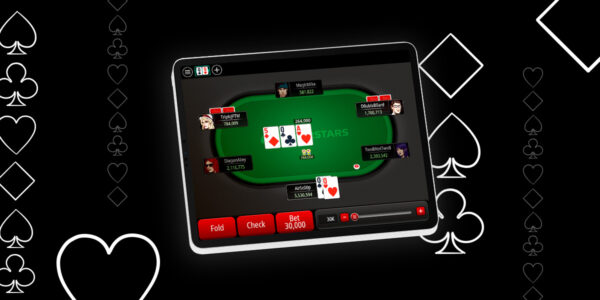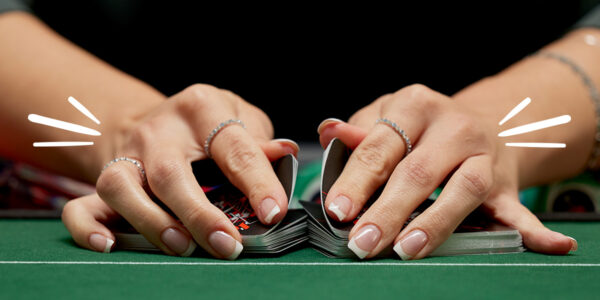Evaluating your Hand on Flush Card Turns
The dreaded third diamond is one of the biggest thorns in the side of the beginner. When the third blue card falls, all he sees is a sea of blue and this visual feedback can be powerful and all-consuming. Statistically speaking, logic is far more likely to fall apart on these turn cards. Today we look at a few hands that demonstrate how hand strength changes due to three-flush and four-flush turns coming down.
Hand 1 – When Top Pair Becomes a Bad Bluff Catcher
One of the biggest leaks amateur poker players exhibit is forming rigid rules and failing to adapt them for board texture. Turn card texture is one of the most impactful factors that affects how you should play your range on the turn. The wetter the card, the more likely it is to connect with the range of the player who called the flop bet. This is because his range contains all of the combinations of draws and none of the total garbage that might have been c-bet by the pre-flop raiser on the flop.
In the first hand we look at today, played at 100NL ZOOM (blinds $0.50 and $1.00) I open the SB with A ♣️9 ♣️ to $3.00 and am 3-Bet to $11.00 by an unknown opponent. I make the call. The flop comes down A ♥️ 7♦️ 5 ♥️ and I make the procedural check. My opponent c-bets for half pot and I call.
The turn brings the 3h and I check again. Villain bets half pot again and I fold.
This hand might seem unorthodox to many learners because they form rules such as:
‘Do not fold top pair to two bets’
Such a rule can be dangerous as it gives no consideration whatsoever to board texture. This flush card is fantastic for my range. While Villain may have c-bet the flop with a lot of random holdings like A ♣️K ♣️ and the like, I have no hands like this in my range. When I call a half pot c-bet out of position I am weighted towards top pair, lowers pairs, flush draws and a few backdoor draw type hands.
Now, what the third heart does is it reorganises the value of the bluff catchers in my range. A hand like A ♠️J ♠️ is now nothing more than a bluff catcher because my opponent has to play this turn very selectively. He will bet polarised here in theory, meaning that he will invest money with value hands that beat my hand and then bluffs which I beat. Therefore, A ♠️J ♠️ is ahead of any bluff and getting crushed by any value hand. It is a pure bluff catcher.
This hand is actually now quite far down my range in terms of what bluff catchers are most profitable to call. A lowly pocket pair like T ♣️T♥️ is now a better candidate because it beats all of the bluffs that A♠️J♠️ does but can also redraw against Villain’s value hands like AK or a set.
Having a lower pair with a draw is much better than a higher pair which is a pure bluff catcher. Therefore, my fold with A♠️J♠️ does not seem so ridiculous once we let go of our arbitrary rules.
The strongest absolute hands are not necessarily the best to call with on a flush card turn.
Hand 2 – Turning Bad Pairs into Bluffs
In this next hand I open the BU with A♠️4♠️ to $2.59 and my opponent in the big blind 3-bets to $12.00. This hand is close but should make a slightly profitable call. That said, neither 4-betting nor folding would be a crime.
The flop comes T♦️7♦️5♠️ and my opponent bets one third of the pot. Typically, in these situations, players are betting with a very wide range and against such a strategy my hand must be continued. I could raise given my backdoor equity and lack of good showdown value but this time I decide to call. If I can get back 20% of the pot or more, then this call will start to net me some money. I am relying on sometimes improving and Villain sometimes giving up to achieve this end.
The turn is the 4♦️ and we pick up a low pair. This hand has sufficient showdown value to beat Villain’s give-ups and even dominates many of them, such as the A♣️Q♠️. Villain checks, which is a play he will very often want to make. Just as in the previous hand, the flush card is better for me as the pre-flop caller because I filtered out my trash when I called the flop c-bet. I have more flushes relative to the rest of my range than he does especially since I flatted the 3-Bet with a lot of suited cards, and he was 3-betting many big off-suit hands. My clubs and hearts mostly folded on the flop, so I do have a reasonable concentration of flushes now. Villain’s range must check a lot here out of position.
While checking is undoubtedly +EV, I decide to turn my hand into a bluff now. My solver advises me that checking is slightly better than betting, but if Villain is going to fail to check/call enough flushes on the turn and fail to call me down with enough overpairs on the river then bluffing twice may well be the best play.
I bet around half of the pot and Villain folds.
When a flush card falls, the value of one pair goes down. In some cases, a pair might drop far enough down your range to be turned into a bluff.
Condimentum Nibh
Donec sed odio dui. Cras mattis consectetur purus sit amet fermentum. Vestibulum id ligula porta felis euismod semper. Curabitur blandit tempus porttitor.


